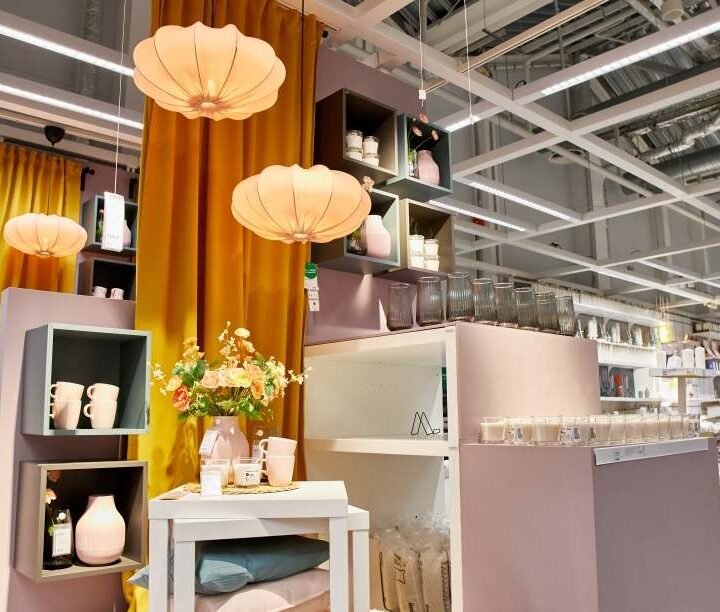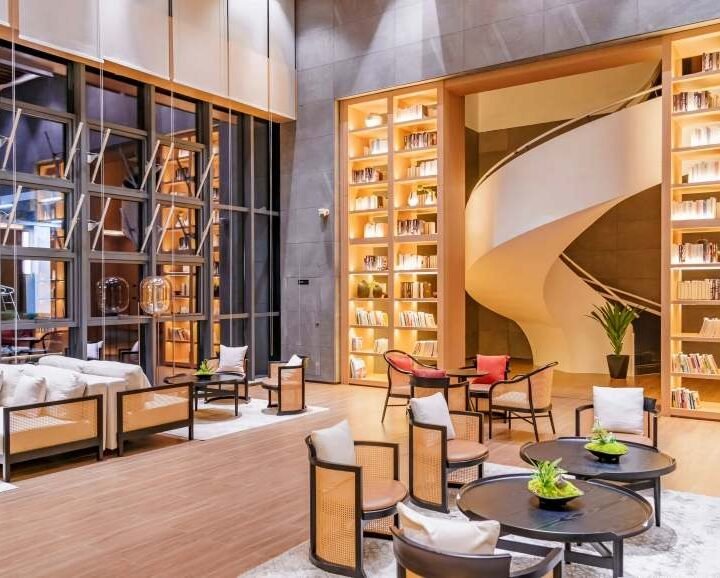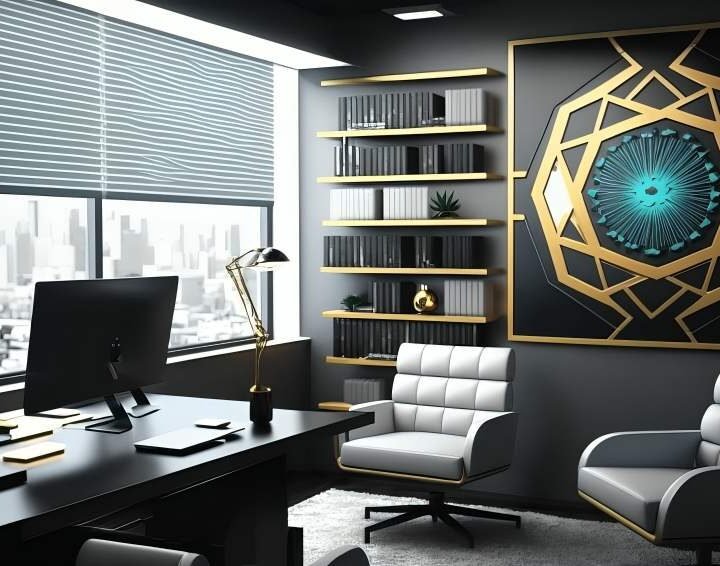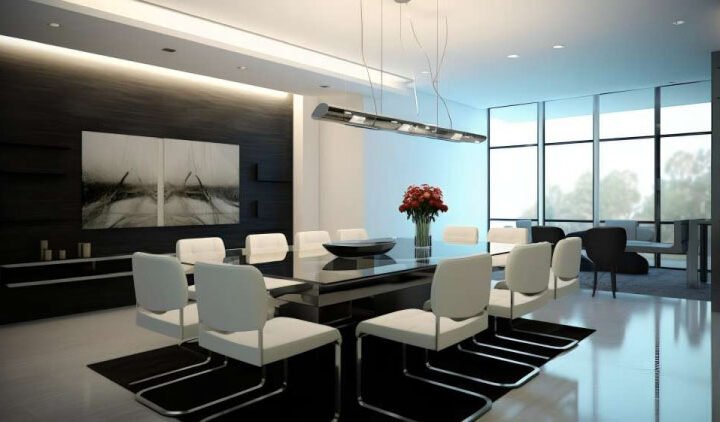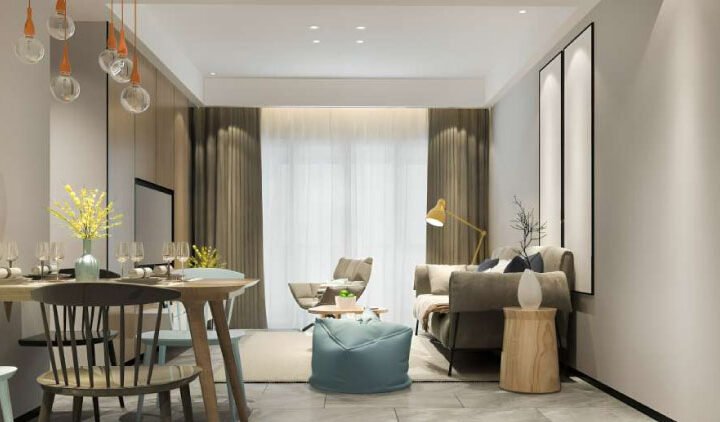- +971 50 138 4215
- info@fitoutkingz.com
Transforming Retail Spaces: Interior Design for Memorable Shopping Experiences
In the competitive world of retail, the interior design of a shop plays a crucial role in attracting customers, enhancing their shopping experience, and ultimately driving sales. A well-designed retail space not only showcases products but also tells a compelling brand story and creates a memorable environment that resonates with shoppers. Here’s a guide to crafting captivating interior design for retail shops that leaves a lasting impression.
Define Your Brand Identity: Before diving into interior design decisions, it’s essential to establish a clear brand identity and message. Understand your target market, brand values, and unique selling proposition to inform the design direction. Whether your brand is modern and minimalist or quirky and eclectic, ensure that the interior design reflects and reinforces your brand identity at every touchpoint.
Create an Inviting Entrance: The entrance sets the tone for the shopping experience and should entice customers to step inside. Design a welcoming entrance that grabs attention with eye-catching displays, signage, and branding elements. Consider incorporating dynamic lighting, bold graphics, or a striking storefront design to pique curiosity and draw customers in.
Optimize Layout and Flow: The layout of the retail space should guide customers seamlessly through the store, encouraging exploration and discovery. Arrange merchandise strategically to create natural traffic flow and focal points that capture attention. Use visual merchandising techniques such as color blocking, product grouping, and storytelling displays to engage customers and showcase products effectively.
Enhance Lighting and Ambiance: Lighting is a powerful tool in retail design, influencing mood, perception, and purchasing behavior. Utilize a combination of ambient, task, and accent lighting to create a well-lit and inviting atmosphere. Highlight key products with focused lighting, illuminate display areas with soft ambient light, and use decorative fixtures to add visual interest and ambiance throughout the store.
Incorporate Brand Storytelling: Effective retail design goes beyond aesthetics to tell a compelling brand story and connect with customers on an emotional level. Incorporate storytelling elements such as brand history displays, product demonstrations, or interactive experiences that engage customers and reinforce brand values. Create immersive environments that evoke emotions and leave a lasting impression.
Prioritize Comfort and Convenience: Ensure that the retail space is comfortable and convenient for customers to navigate and explore. Provide ample seating areas, fitting rooms with flattering lighting, and convenient amenities such as restrooms and refreshment stations. Pay attention to details such as signage, wayfinding, and accessibility to enhance the overall shopping experience for customers of all ages and abilities.
Evolve with Technology: Embrace technology to enhance the retail experience and stay ahead of the curve. Integrate digital displays, interactive kiosks, or virtual reality experiences that engage customers and provide personalized recommendations. Leverage data analytics to understand customer behavior and preferences, optimizing the retail environment for maximum impact and efficiency.


